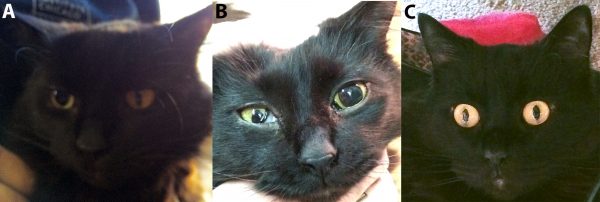A new, more sensitive method for diagnosing Bartonella spp. infection pioneered by the IPRL:
lashn-itis: home of erin lashnits Posts
Pradeep Neupane, of the NCSU IPRL, has been working hard to develop a western blot test that would improve diagnostic sensitivity for seroreactivity to Bartonella spp. (particularly Bartonella henselae) in dogs. This test has now been validated, and now he’s moving on to trying this out for human patients.

Validation of Bartonella henselae Western Immunoblotting for Serodiagnosis of Bartonelloses in Dogs
Pradeep Neupane, Sindhura Sevala, Nandhakumar Balakrishnan, Henry Marr, James Wilson, Ricardo Maggi, Adam Birkenheuer, Michael Lappin, Bruno Chomel, Edward B. Breitschwerdt
Full text is behind a paywall, but abstract available here. Please contact me for full text if interested!
On modelling environmentally transmitted pathogens
“We present a conceptual framework to organize microparasites based on the role that abiotic environments play in their lifecycle. Mean-field and individual-based models for environmental transmission are analysed and compared….We conclude with recommendations for modelling environmentally transmitted pathogens based on the pathogen lifecycle and time and spatial scales of the host–pathogen system under consideration.”
A new paper from NCSU VBDDL and Neurology documents the story of a 6-year-old male neutered domestic longhair cat seen through NCSU Neurology.
The cat was rescued at about 5 months of age and had a history of anisocoria (with the right pupil smaller than the left) since then, as well as laryngeal paralysis diagnosed about a year ago and Horner’s sydrome for about a week. About 3 weeks prior to presentation, his anisocoria switched sides so that his left pupil was now smaller than his right. At his visit he had eosinophilia, hyperglobulinemia with a polycloncal gammopathy, and bilateral chorioretinitis. When rechecked 3 days later, his anisocoria had switched sides again, consistent with spastic pupil sydrome.

A new study out, with contributions from Dr. Barb Qurollo of the NCSU VBDDL, found over 50% of the Dermacentor nuttalli pools removed from livestock in were positive for Anaplasma spp. (most likely A. ovis) in Mongolia.